Seminario Eric Kearney: “An Integrative Model of Leading Diverse Teams”
El pasado miércoles 7 de Octubre de 2015 se llevó a cabo un seminario dictado por el Académico Eric Kearney, Profesor Asistente de la Facultad de Economía y Negocios de la Universidad Alberto Hurtado. Este se efectuó en las dependencias del Departamento de Administración, Facultad de Economía y Negocios (FEN), Universidad de Chile, al cuál asistieron académicos del Departamento de Administración, FEN, y otros académicos invitados pertenecientes a otras casas de estudios.
El tema que se desarrollo se denomina: “An Integrative Model of Leading Diverse Teams”, el cual se puede resumir con el siguiente párrafo : “In recent years, many scholars have examined the conditions under which and the processes through which demographic and informational diversity has more or less positive effects on team outcomes. Surprisingly, however, little more than a handful of studies have examined how leadership affects the balance between the positive and the negative effects that diversity typically entails. Moreover, the few studies that have examined interactive effects between diversity and leadership have for the most part focused on different diversity types and different aspects of leadership. In an effort to integrate this literature, we present a model of leadership in diverse teams. Drawing on Sheremata’s (2000) metaphor of centrifugal and centripetal forces, we posit that team leaders must simultaneously foster seemingly opposing forces that actually are complementary. Just as, together, centrifugal and centripetal forces keep the earth in its orbit around the sun, we argue that, together, centrifugal and centripetal forces keep a diverse team on track to high levels of performance. By fostering centrifugal forces (that pull away from the center), leaders promote individuality and divergence, which can result in a broader range of ideas, options, and preferences. However, this divergence can also lead to negative effects such as confusion, chaos, and a lack of coordination. By facilitating centripetal forces (that pull toward the center), leaders promote team unity and convergence, which can result in coordinated collective action, consensus, and alignment. Nevertheless, this convergence can also yield negative effects such as conformity, redundancies, a lack of creativity, and stagnation. Our model posits that it is the combination of each force with its complementary opposite force that enables its positive effects to come to fruition and at the same time curtails its negative effects. We discuss how, by striking a balance between complementary forces, leaders can help turn diversity into an asset and prevent it from becoming a liability”.




